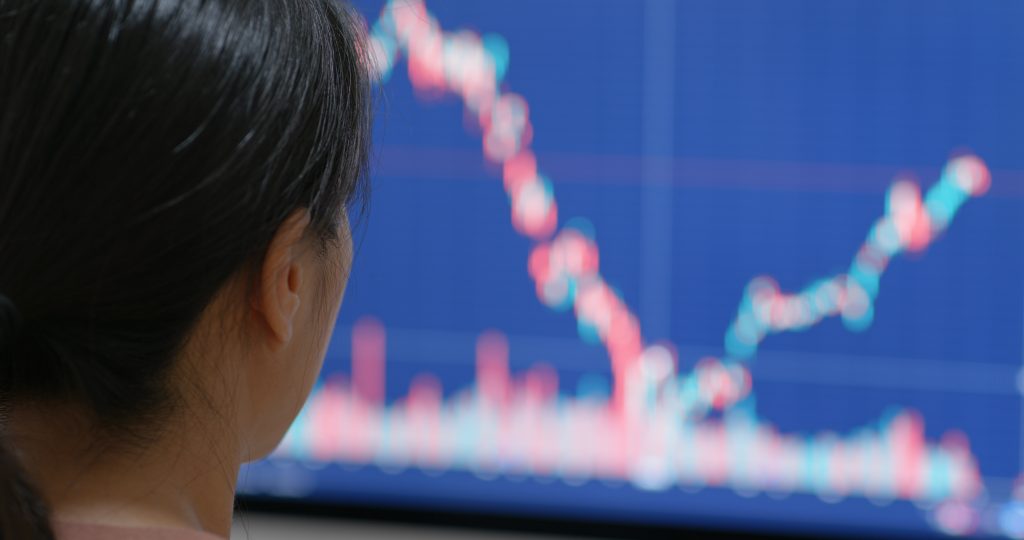IoT (Internet of Things) has been widely used by the oil and gas industry, forming a large communication network between physical objects, which have any possibility of communication with each other.
The use of this technology in industrial plants has allowed the extraction of gigantic amounts of data, bringing up the question:
How to use IoT data efficiently?
The path found by the oil and gas industries so that data can be used in order to generate valuable insights and turn them into actions that result in performance optimization, control, safety and greater fluidity of the process as a whole is through systems that perform the grouping of these data and organize them in a way that they can be easily interpreted.

It can be understood that industries that were previously in a race to implement IoT technology in their operations are now looking for ways to filter these large amounts of data in centralized platforms, making it easier to read.
THE STEPS TO ACHIEVE A CENTRALIZED OPERATION
Appointed by Gartner as one of the main technologies in recent years, Digital Twin has been gaining more and more notoriety among industry players. This can be explained by the great advantages that the use of this tool provides to the processes.
Digital replicas, in addition to providing real-time data from the entire plant, can be tools responsible for automating tasks that generate greater safety in the operation.

With a database powered by IoT networks and other data capture techniques, Digital Twin can be the ideal tool for data analysis of:
- Areas that need maintenance
- Degradation rates above standard
- Team scheduling
- Cost and time of task execution
The use of Digital Twin has been enabling the digital monitoring of data in operation. In addition to being a continuous flow of data between a real asset and a digital replica, the Digital Twin can be further enhanced with 3D models. The use of these templates is important to:
- Continuous asset monitoring
- Overview of all phases of PLM (Product-Lifecycle-Management)
- Asset performance gain
- Asset information history
The use of Digital Twin aligned to IoT sensors is essential for industries that want to have the DNA of digital transformation in their operation. Through the combination of these two technologies, the oil and gas industry can not only have at hand data about its operation but also can transform this data into actions for real-time optimization of asset performance.
In this way, it is clear the importance and capacity of automation of data-driven systems, which, in addition to turning data into optimization tools, can centralize this knowledge so that operators take less time for decision making.
Still, with the use of Digital Twin, this data becomes even more visual so that you can have access to its history during the PLM phases and also generate the ability to predict future scenarios when combined with Machine Learning predictive models.

It is now enough for industries to move towards this new wave of digitization and have in their hands tools that generate value through the intelligent combination of these technologies.



